Tacita Dean | Antigone (offset)
Tacita Dean’s print project Antigone (offset), 2021, relates to Dean’s hour long 35mm double Cinemascope film work Antigone, 2018, which was created for her 2018 exhibition at The Royal Academy in London, and has since travelled to Glyptotek, Copenhagen, and Kunstmuseum Basel.
For Antigone (offset), Dean has selected eight image pairs taken from the film and printed them as offset lithographs at BORCH Editions’ print studio.
Antigone, a central figure of mythology, is also the name of Dean’s older sister and therefore closely related to the artist’s own story and probably one of the first words the artist ever learnt. In the film Antigone, Dean creates a visual tale around the concept of blindness rooted in the destiny of Antigone’s father/brother Oedipus, the king of Thebes, who blinds himself after unwittingly killing his father and marrying his own mother Jocasta.
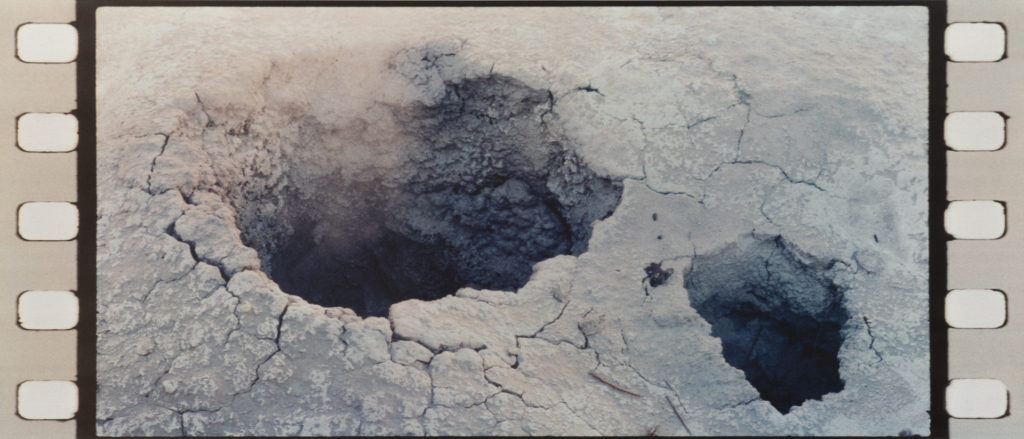

Oedipus’s self-imposed punishment ends the first play in the Sophoclean Theban trilogy, Oedipus Rex, when Oedipus banishes himself from Thebes. At the beginning of the second play, Oedipus at Colonus, the blind man arrives at Colonus accompanied by his daughter Antigone, who has guided him through years of restless wandering in the wilderness.
Dean’s Antigone is concerned with the intervening years between the two plays. The film is structured around a solar eclipse and features writer and poet Anne Carson and actor Stephen Dillane. The latter, performs the role of the blinded Oedipus by wearing eclipse glasses. Anne Carson recites her poem TV Men: Antigone (Scripts 1 and 2) about the same gap between the plays.
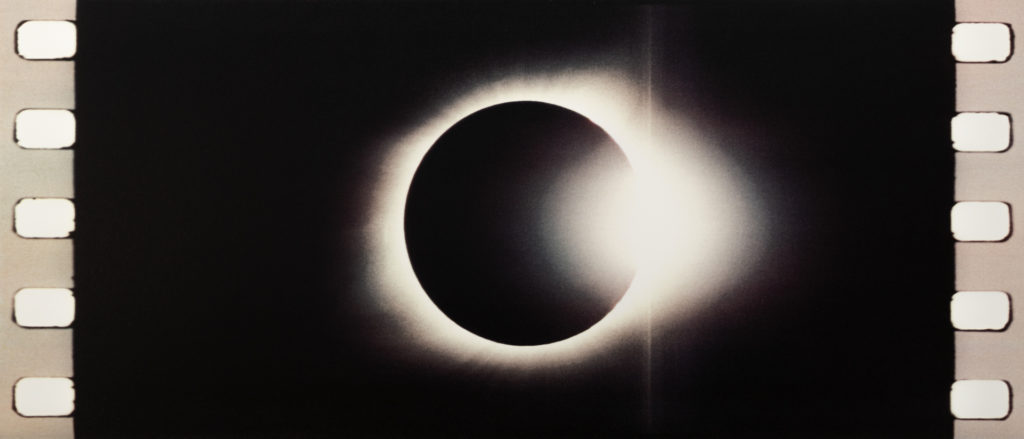
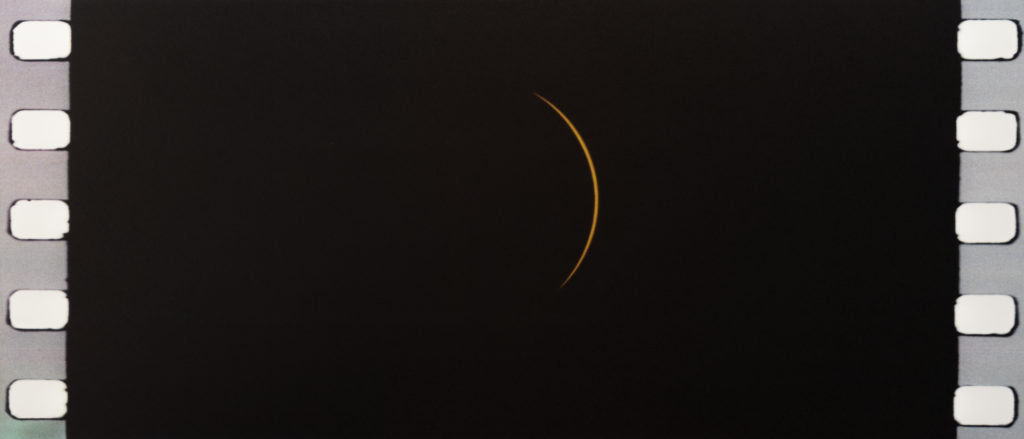
The film is created through the same masking technique first developed by Dean for FILM (2011) and later used for JG (2013). Like eyes, the stills are paired as diptychs replicating the double projection in Antigone. The process of masking, and the multiple layers of exposure, meant that Dean was unable to see what she had filmed until she printed the negative months after she began:
‘So Antigone was instructed by blindness: my own creative blindness, the blindness of Oedipus and the cosmic blindness found in nature in the form of the total eclipse of the sun. But most especially Antigone has taken form as a result of the inherent blindness of film. Using masking inside the camera’s aperture gate, I filmed one part of the film frame before rewinding the camera to film another part. This meant that the film was composed without the possibility of seeing what was already exposed in the frame.’ – Tacita Dean
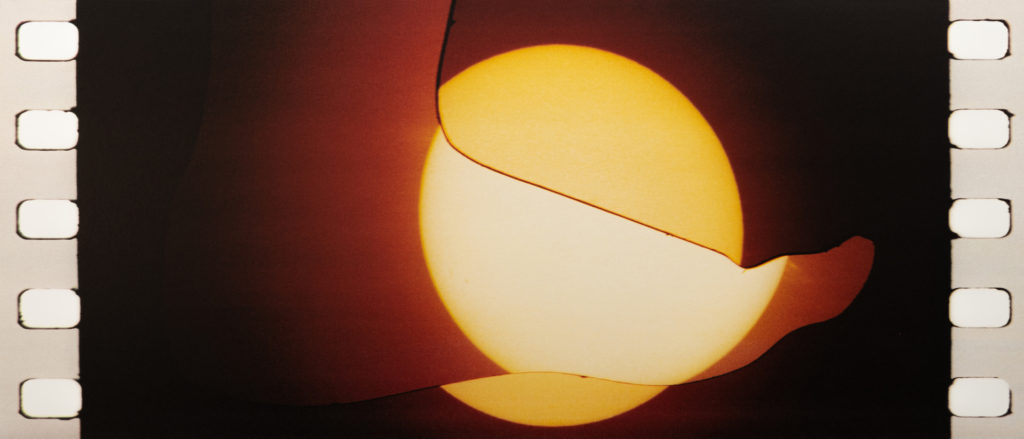
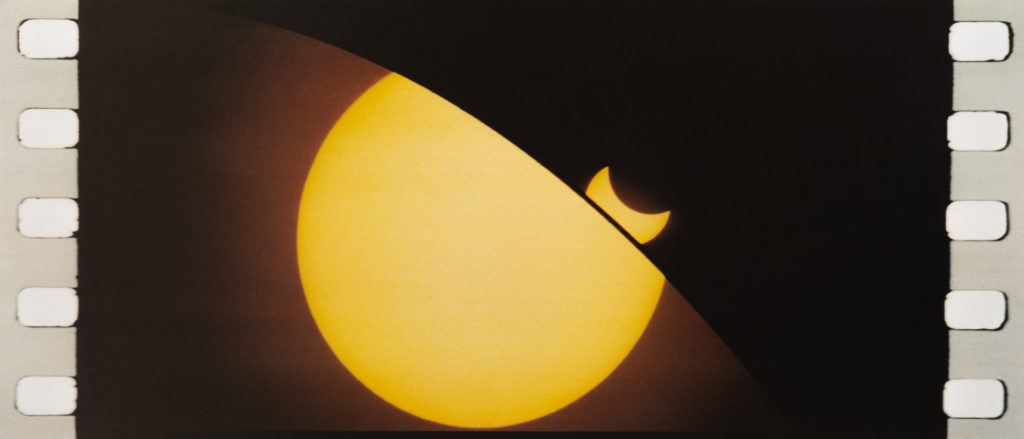
Learn more about Tacita Dean



